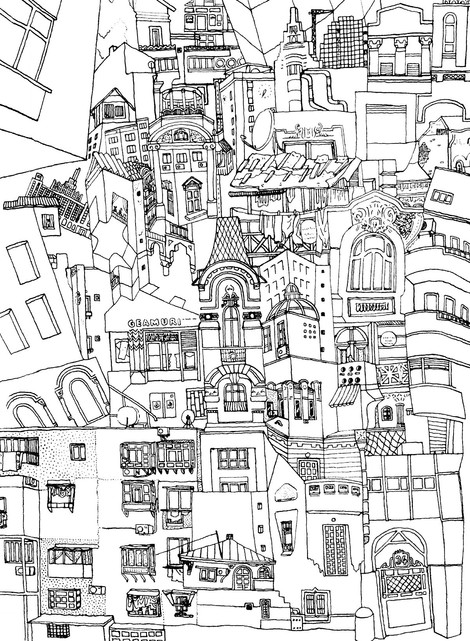Your podcast discovery platform
Curious minds select the most fascinating podcasts from around the world. Discover hand-piqd audio recommendations on your favorite topics.

piqer for: Health and Sanity Global finds
I was born in 1987 in Bucharest. I studied Psychology and Educational Sciences at the University of Bucharest. For two years I worked in a psychotherapy practice, dealing with gambling addicts. I'm an independent reporter, writing and doing video reportages mostly about social and political issues. I am currently based in Jena.
Earthquake In The Vulnerable City
Given Romania’s history of two earthquakes, one in 1943 and another in 1977, that devastated it, this article is a must read at least for everybody living in the country. The author analyzes thoroughly every aspect that an earthquake in Bucharest, Romania’s capital, will entail when it happens, because it will happen sometime in the future — that’s one thing that’s certain.
First off, we get a picture of what causes a seism and what each shockwave does to the city, which is one of the most densely populated areas in the country, with the most at-risk buildings, home to almost all the important state institutions, a vulnerable gas and electricity network and a dam that could break and cause floods. The result is we understand how unprepared the country is for such a scenario, in terms of emergency personnel it can deploy — which consists of far too few people — the spaces available for people to take shelter in, medical supplies, etc.
After our hopes have sunk below sea level upon reading this, we are then introduced to the people who are taking on the tremendous task of assessing the high-risk buildings and trying to get them consolidated, and of protecting the people living in them. Seismic Alert is a civil initiative that made an interactive map of the city with all the vulnerable buildings and then started a social media campaign for raising awareness, talked to the authorities, and with the property owners who find it difficult to consolidate (people have to move away from their homes during consolidation, they have to pay for it themselves, all the people in a building have to agree to consolidating, etc.). Dragoș Tătaru is a doctor in geophysics and a researcher at the National Institute of Earth Physics and he travels around the country to raise awareness about earthquakes among teachers and children, through visual simulations of the disaster.
